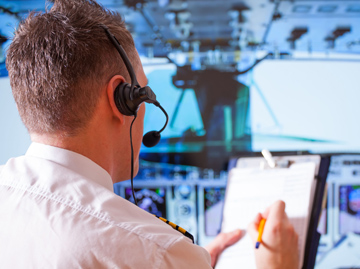
Fume and smoke incidents in Australian aviation are usually appropriately managed by flight and cabin crew and generally result in minor safety consequences, according to a new report released today.
The report, jointly released by the Civil Aviation Safety Authority (CASA) and the ATSB, reveals that there were more than 1,000 fumes and smoke events reported over five years (between 2008 and 2012).
While the vast majority of these incidents were minor in nature, one event resulted in a single flight crew incapacitation and a further 11 events contributed to minor injuries to crew. In the higher risk occurrences, precautionary defences (most commonly diversions to nearby airports) were found to be effective in avoiding escalation of the event.
The report encourages aircraft operators to continue reporting fumes/smoke incidents to the ATSB and CASA to ensure the ongoing risks are effectively monitored.
The report shows that the most common source of fumes and smoke was a result of aircraft systems issues, primarily relating to failure or malfunction of electrical and auxiliary power unit systems. Equipment and furnishings also featured highly as a source of fumes and smoke. Within this category, air conditioning and galley equipment were the most common sources of fumes/smoke. External sources of fumes/smoke and cargo/baggage related events were relatively rare.
The British Aerospace BAe 146 was the aircraft type most commonly involved in fumes/smoke events when taking into account flying activity. The Embraer EMB-120 Brasilia, Fokker 100, and Bombardier DHC-8-100/200 series aircraft also had a higher than average rate of fumes/smoke occurrences over the period.
The ATSB and CASA conducted the study to further understand the nature and impact that fumes and smoke have on aviation safety. The report also addresses recommendations from a 2011 report from an expert panel on aircraft air quality that aviation safety agencies work together to provide a comprehensive study of cabin air contamination incidents.
The report encourages aircraft operators to continue reporting fumes/smoke incidents to the ATSB and CASA to ensure the ongoing risks are effectively monitored.
Read the full research report AR-2013-213


